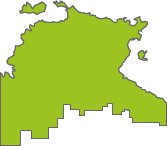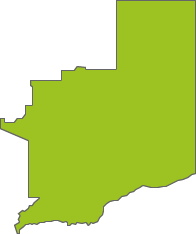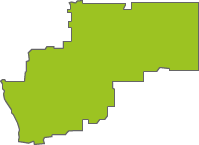Top species richness
Announcements
Hello NatureMaprs,We are desperate for testers. This is call for anyone who'd like to be involved in testing our 4.4.0 mobile update. We need as many testers as possible to ensure the application runs...
Continue reading
Exciting mobile app updates under way
Future of NatureMapr survey results and update
Application Testing: Update 4.4.0
Discussion
Unidentified Fungus
Eretmocera (genus) (Scythrididae family)
Significant sightings
- Telala musiva
- Keyacris scurra
- Gentianella muelleriana subsp. jingerensis at Namadgi National Park
- Gentianella muelleriana subsp. jingerensis at Namadgi National Park
- Bipalium kewense at Berry, NSW
- Engaeus cymus at Lower Cotter Catchment
- Spiloscapha thallioides
- Ooperipatus costatus at Towrang, NSW
- Rhodamnia rubescens at Currowan State Forest
- Blechnum cartilagineum at Mount Taylor
Latest identifications
Poecilometis strigatus at Holt, ACT
Wahlenbergia sp. at Namadgi National Park
Gminatus australis at Pollinator-friendly garden Conder
Asianopis sp. (genus) at Depot Beach, NSW
Leptotarsus (Leptotarsus) sp.(genus)
Chelodina longicollis at Jerrabomberra Wetlands
Ornebius sp. (genus) at Guerilla Bay, NSW
Austraeolis ornata at Jervis Bay, JBT
Coptaspis brevipennis at Guerilla Bay, NSW
Scutigeridae (family) at Guerilla Bay, NSW
Lepidoptera unclassified IMMATURE moth
Top contributors
- AlisonMilton 12.3K
- trevorpreston 12.2K
- michaelb 10.2K
- Tapirlord 9.4K
- RodDeb 9.1K
- Mike 8.3K
- KylieWaldon 6.1K
- kasiaaus 6.1K
- jb2602 6K
- MatthewFrawley 5.5K
Top moderators
- MichaelMulvaney 42.2K
- Tapirlord 21.8K
- natureguy 15.1K
- donhe 12.4K
- michaelb 11.5K
- Liam.m 11.2K
- ibaird 10.7K
- KimPullen 7.9K
- MatthewFrawley 5.8K
- AlisonMilton 5.3K
Explore Australia by region
Australian Capital Territory
Canberra & Southern TablelandsNew South Wales
Albury, WodongaCanberra & Southern Tablelands
Central West NSW
Far West New South Wales
Greater Sydney
Hunter Region
New England
New South Wales North Coast
Riverina Murray
South Coast
Southern Highlands
Northern Territory
Central and BarkleyTop End and Big Rivers


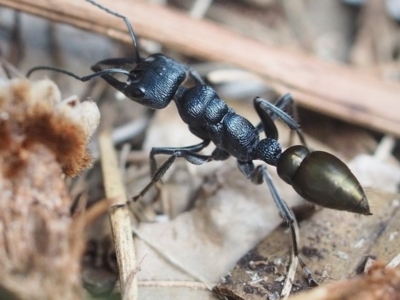







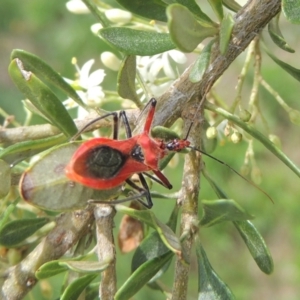



























































![Unidentified Cap on a stem; pores below cap [boletes & stemmed polypores] at suppressed by AJB Unidentified Cap on a stem; pores below cap [boletes & stemmed polypores] at suppressed by AJB](https://api.naturemapr.org/api/sightings/4568220/images/1?width=300&height=300)































































